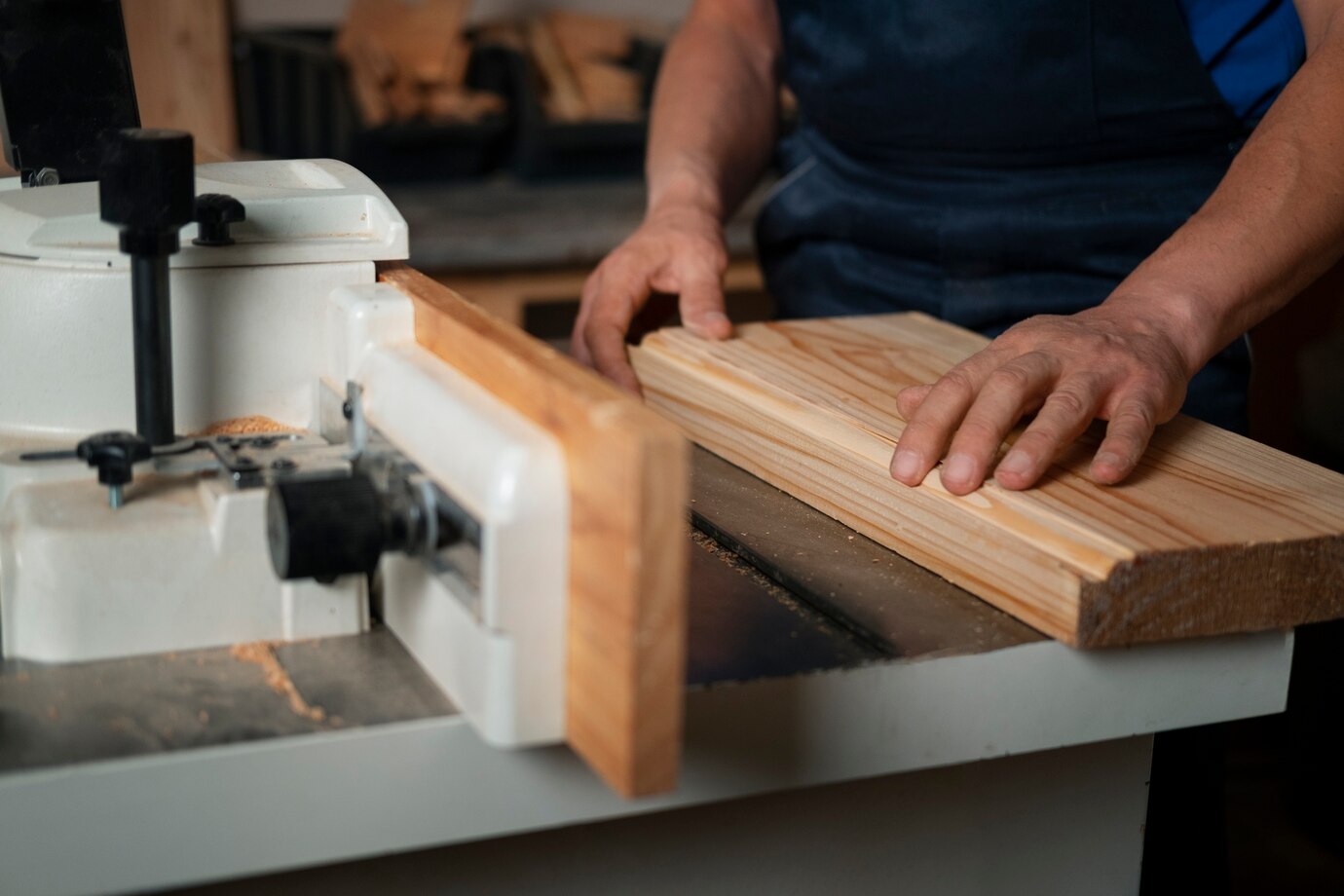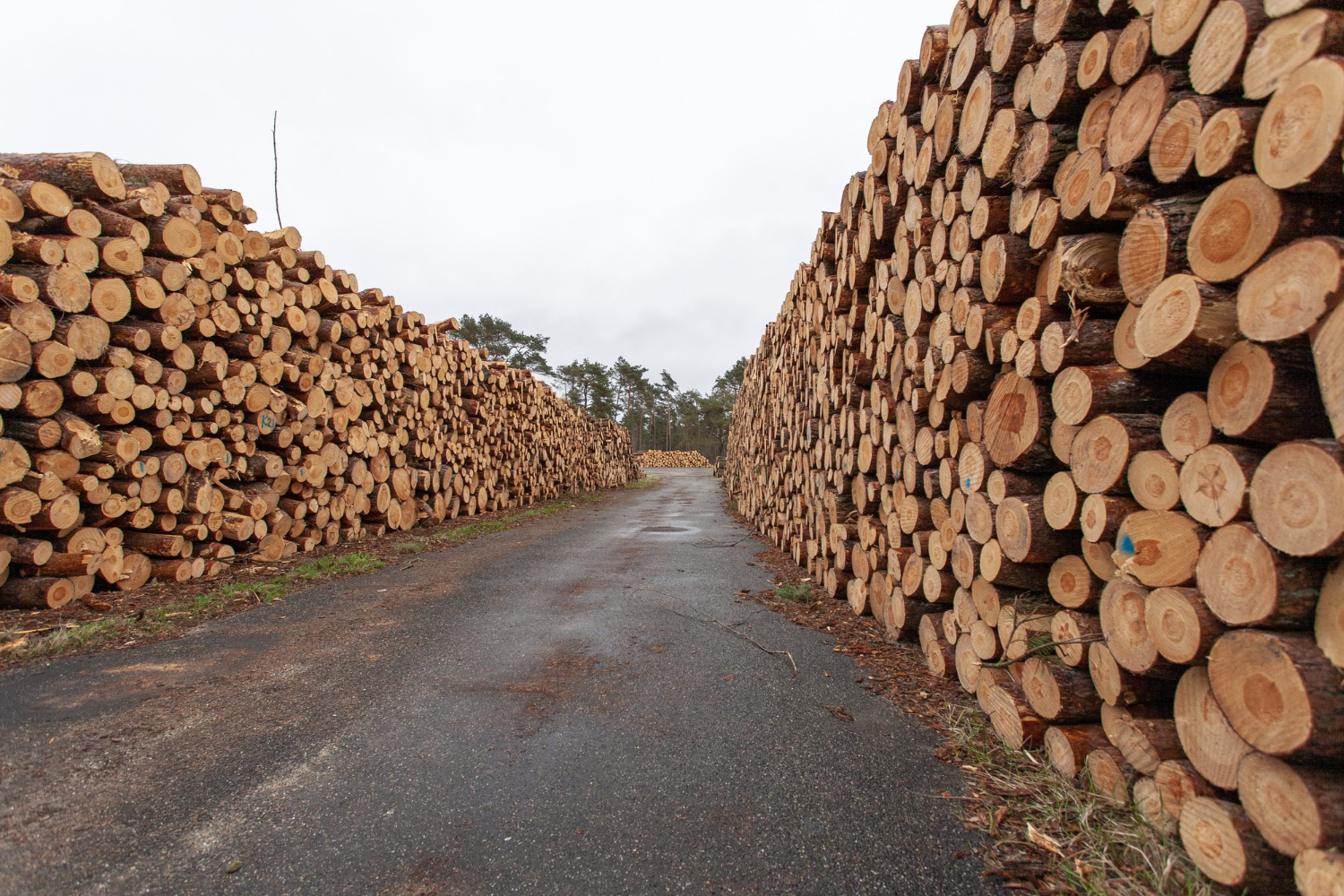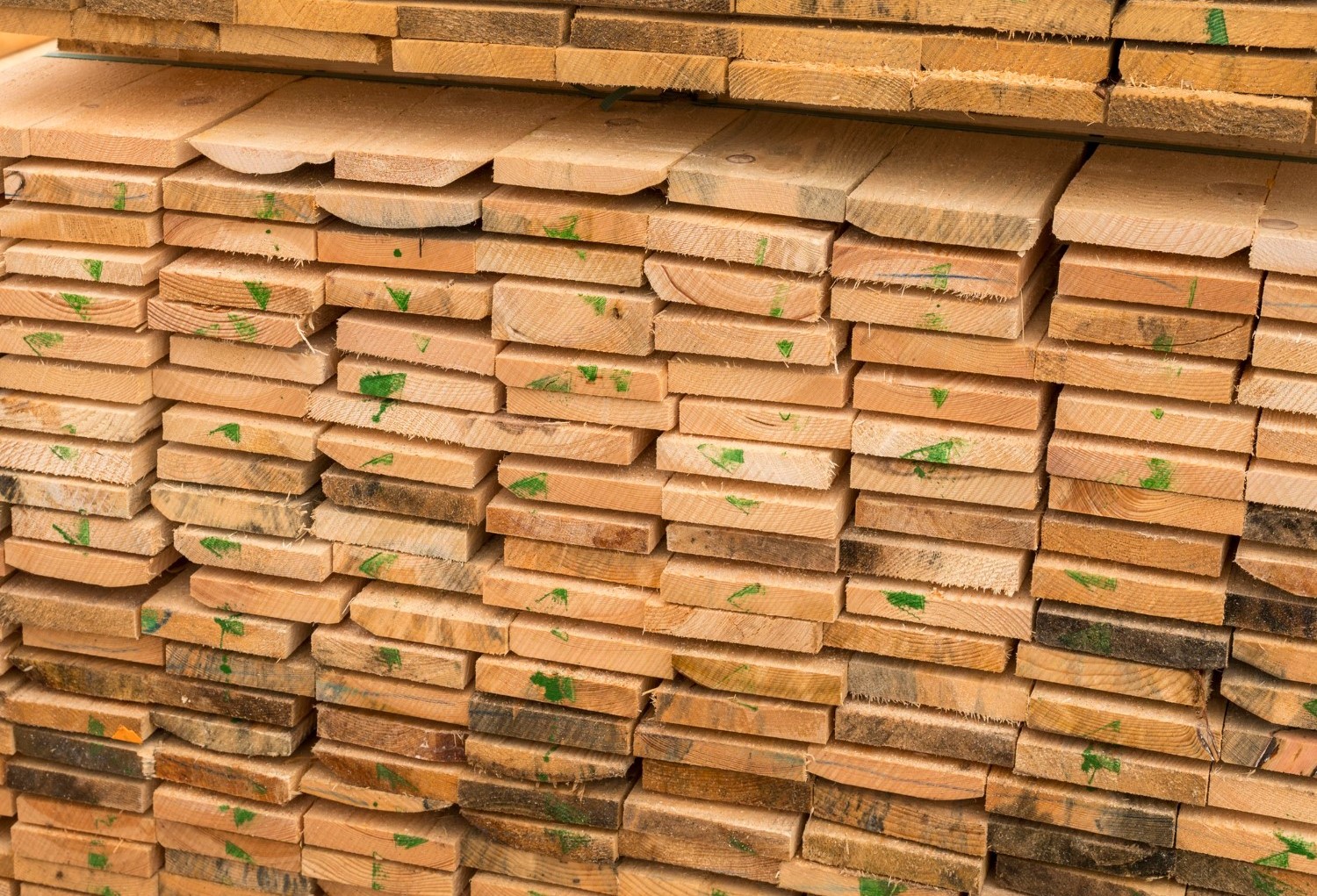
The Role of Precision in Modern Timber Planing
Precision plays a crucial role in modern timber planing, transforming rough lumber into finely finished products that meet exact specifications. With advancements in technology, precision has become even more achievable and essential for producing high-quality timber. At Newman Machine Company, we understand the importance of precision in timber processing, and we design our machinery to deliver superior accuracy and consistency. This commitment ensures that our clients receive the best possible results in their timber products.
The benefits of precision in timber planing extend beyond just the quality of the finished product. Precision also means greater efficiency and reduced waste, which are vital for sustainable practices. Accurate cutting and shaping lead to less material being discarded, resulting in cost savings and a smaller environmental footprint. By focusing on precision, timber processors can enhance their productivity while promoting sustainability.
Furthermore, precision in timber planing helps in achieving smoother and more reliable operations. When machinery operates with high accuracy, there is less need for rework or adjustments, saving both time and resources. This not only improves the workflow but also enhances the longevity of the equipment. At Newman Machine Company, we are dedicated to integrating precision technology into our machines to support the evolving needs of the timber industry and to help our clients succeed in a competitive marketplace.
Key Components of Precision Timber Planing
Achieving precision in timber planing requires the integration of several key components designed to work seamlessly together. One essential element is the use of high-quality, sharp cutting blades. These blades are engineered to maintain their sharpness over extended periods, ensuring clean and accurate cuts every time. Sharp blades reduce the likelihood of splintering and tearing, which can lead to material waste and subpar finished products. Additionally, using durable blades minimizes downtime for maintenance and replacements, thereby enhancing overall productivity.
Another critical component is the implementation of advanced control systems. These systems allow for precise adjustments to cutting parameters, such as thickness and width, directly from a user-friendly interface. Automated controls ensure that each piece of timber is processed to exact specifications, reducing human error and increasing consistency. The ability to make real-time adjustments enhances flexibility, allowing operators to easily switch between different types of cuts and applications. This adaptability is crucial for meeting the diverse needs of modern timber processing.
Furthermore, robust machine construction plays a significant role in precision timber planing. Sturdy frames and high-tolerance components ensure that the machinery remains stable during operation, reducing vibrations and deviations that can affect cut accuracy. High-quality bearings and drives maintain smooth, consistent movement, which is essential for achieving precise results. By focusing on these key components, we ensure that our planers deliver exceptional accuracy and reliability.
Impact of Precision on Timber Quality
Precision in timber planing has a profound impact on the quality of the final product. Accurate cuts and smooth finishes mean that each piece of timber meets the highest standards of craftsmanship. This level of quality is essential for applications where appearance and performance are paramount, such as in furniture making or architectural woodwork. Precision planing results in uniform thickness and smooth surfaces, which enhance the visual appeal and structural integrity of the timber.
Moreover, precision in timber processing leads to better fitting joints and assemblies. When each piece is cut to exact dimensions, it fits together more seamlessly, resulting in stronger and more reliable constructions. This reduces the need for additional adjustments or rework, saving time and material costs. High precision also means that less wood is wasted due to errors or off-cuts, making the process more efficient and environmentally friendly.
In addition to physical attributes, precision planing improves the usability of timber. Consistent quality means fewer defects, which translates to higher customer satisfaction and fewer returns or complaints. Reliable timber quality also enhances the reputation of timber processors, leading to more business opportunities and long-term success. By investing in precision technology, we help our clients deliver superior products that stand out in a competitive marketplace. These improvements in timber quality emphasize the critical role that precision plays in modern timber processing.
Technologies Enhancing Precision in Timber Processing
Advances in technology have revolutionized the timber processing industry, making precision more attainable and effective. One of the key technologies enhancing precision is CNC (Computer Numerical Control) systems. CNC systems enable operators to program precise cutting instructions, which the machines follow with exceptional accuracy. These systems can handle complex cuts and shapes, ensuring that each piece of timber meets exact specifications. This level of precision reduces waste and improves overall efficiency.
Laser measurement tools are another significant innovation in precision timber processing. These tools provide real-time data on the dimensions and alignment of the timber, allowing for immediate adjustments to ensure accuracy. By continuously monitoring the timber as it is processed, laser measurement tools help maintain consistent quality and reduce the risk of errors. This technology is particularly beneficial for large-scale operations where maintaining uniformity is critical.
Moreover, vibration damping technology contributes to enhancing precision. Vibration can cause deviations in cutting accuracy and affect the quality of the finished product. By integrating vibration damping systems into our machinery, we minimize these disturbances, ensuring smoother and more precise cuts. This technology not only improves the quality of the output but also extends the lifespan of the machinery by reducing wear and tear.
Economic and Environmental Benefits of Precision Planing
Precision in timber planing offers numerous economic and environmental benefits. One of the primary economic advantages is the reduction of material waste. Accurate cuts mean that more of the timber is usable, resulting in less leftover material that needs to be discarded. This efficiency leads to cost savings, as timber processors can get more out of each piece of wood. Additionally, fewer errors and less rework mean that labor costs are minimized, further boosting profitability.
From an environmental perspective, precision planing contributes significantly to sustainability. By maximizing the use of each piece of timber, we reduce the number of trees that need to be harvested, helping to conserve forest resources. Precise cutting also means that there is less sawdust and scrap wood to dispose of, reducing the environmental footprint of timber processing operations. These practices support a more sustainable industry that is mindful of resource conservation and waste management.
Furthermore, precision planing enhances energy efficiency. When machinery operates with high accuracy, it requires less power to achieve the desired results. This efficiency reduces energy consumption, which is both cost-effective and environmentally friendly. By investing in precision technology, timber processors can achieve a balance between operational efficiency and environmental responsibility, aligning with modern-day sustainability goals.
Conclusion
Precision in modern timber planing is more than just a technical achievement; it is a cornerstone of quality, efficiency, and sustainability. By integrating advanced technologies such as CNC systems, laser measurement tools, and vibration damping, we ensure that our machinery delivers unmatched accuracy. These innovations not only improve the quality of timber products but also offer significant economic and environmental benefits. Precision reduces waste, conserves resources, and enhances energy efficiency, making it a crucial aspect of responsible timber processing.
At Newman Machine Company, we are committed to providing our clients with eco-friendly timber planing that meets the highest standards of precision. Our dedication to quality and innovation positions us as leaders in the timber processing industry. If you are looking to enhance your timber processing operations with precision machinery, consider exploring our range of advanced products.
Contact Newman Machine Company today to learn more about how our solutions can meet your needs and drive your success.



